Up until this year TV makers have been able to meet EU (European Union) TV energy consumption limits, but the regulations for 2023 have hit them by surprise.
Not only are the regulations more stringent in 2023 for 4K UHD TVs, but instead of taking the increased power demands for 8K TVs into account, the EU is requiring 8K TVs to meet the same allowance as 4K UHD TVs.
Complete Text of EU TV Power Regulations (very geeky).
The New EU Regulations
March 2023: Max Power Consumption Allowance for 4K/8K TVs
Diagonal Screen Size
(Inches)Power Consumption Allowance
(Watts)40 48 42 53 48 66 55 84 65 112 75 141 77 148 83 164 85 169 88 178
Tip: TV types include LED/LCD, miniLED, QLED, QD-OLED, OLED, and microLED TVs.
Here are a few examples of 2022 model year TVs that meet the allowances set in 2021, but don’t meet the expected 2023 EU TV Power Consumption Standards to provide some perspective as it will give you an idea of how much their power consumption would have to be reduced to meet the new standards.
- Samsung QN95B 55-inch 4K UHD QLED TV: 93 Watts – with HDR on: 193 watts (2023 allowance: 84 watts)
- Samsung QN700B 65-inch 8K QLED TV: 219 watts – with HDR on: 305 watts (2023 allowance: 112 watts)
- TCL X925 65-inch 8K QLED TV: 287 watts – with HDR on 329 watts (2023 allowance: 112 watts)
- LG Z2 77-inch 8K OLED TV: 248 watts – with HDR on 295 Watts (2023 allowance: 148 watts)
- Samsung QN900B 85-inch 8K QLED TV: 326 watts: with HDR on 565 watts. (2023 allowance: 169 watts)

Why 8K TVs Consume More Power than 4K UHD TVs
The reason that 8K TVs consume more power than 4K UHD TVs, is that 8K resolution has four times the number of pixels than 4K UHD resolution.
- 8K Resolution = 7,680 x 4,320 pixels = 33.3 million pixels total (33 megapixels)
- 4K UHD Resolution = 3840 x 2160 pixels = 8.2 million pixels (8 megapixels)
As a result, more light is required to display 8K resolution at a brightness level comparable to that of a 4 UHD TV.
To achieve this, an 8K TV might draw as much as three times the wattage of an equivalent screen size 4K UHD TV. When the new restrictions go into effect, there are no 8K TVs currently available or planned for 2023 release that can meet the new EU power restrictions. It must also be pointed out that some high-performance and large-screen 4K UHD TVs will also be affected by these restrictions.
The Worldwide Implications of the New EU Regulations
You might think that this only affects the EU, but here is the rub, the EU a is huge TV market and if TV makers have to withdraw TV models that don’t meet the new standards from that market it puts a big dent in the profitability of TV manufacturers, with may result in them no longer making the affected models for the rest of the world market.
Also, other countries and locales (think of the regulatory zealous state of California in the U.S.) may think – Hey, this might be a great way to free up our substandard electric grid to be able to charge more electric cars, so let’s impose the same regulations.
TV Makers Have Been Making Progress in Power Efficiency
Although TV makers have been making big strides in energy efficiency over the years, they have been gradual, so meeting incremental changes was not as big a challenge. However, with these new regulations, TV makers may have to re-evaluate not only the manufacturing of 8K TVs but also energy-consuming features such as HDR on any TV.

Every year, TVs have been getting brighter and brighter in order to display HDR more accurately, which consumes more power. Some TVs can put out 2,000 Nits or more if needed. However, they may now be limited to 1,000 Nits or less in order to meet new restrictions.
Although this would be competitively beneficial for OLED TVs, which generally can’t achieve brightness levels above 1,000 Nits, it puts a limit on technological advancement for other types of TVS.
miniLED TVs (LCD TVs that use miniLED backlighting) also consume more power. This is because the number of LEDs in the backlight can number in the hundreds or thousands, as opposed to the lower number in standard LED backlights. More light elements equal more power consumption.

Possible Solutions For TV Makers and Consumers
One solution that has been tossed around is for TV makers to include an EU Picture Mode on their TVs that meet the requirements. This would still allow them to continue making the TVs with the capabilities they deem necessary for effective product performance. However, this is not without a big problem.
If the EU (or other countries and locales) require that all TVs be packaged with the EU Picture Mode On by default, when consumers get their TV home, plug it in, and turn it on, the picture may look very dim. Since consumers notoriously don’t read their TV user guide, they may think something is wrong with the TV and simply take it, or send it, back to the dealer.
However, it may be possible that the TV maker could include a prompt that appears on the screen when the TV is first turned informing the user that they can switch from EU Picture Mode to Normal Mode (or living room mode, or home theater mode) – as long as the EU doesn’t come back and demand that TV makers not include this type of option as it defeats the purpose of their new regulations.
Tip: Smart TV features also contribute to power consumption. Could we see a return to “dumb TVs” and rely more on external streaming devices, such as Roku and Fire TV sticks, Chromecast, or Android TV boxes, all of which are abundantly available.
What Happens Now?
It will be interesting to see how all this plays out. There will undoubtedly be a lot of discussion at the 2023 CES in January.
After recent advances made in LED/LCD, QLED, and OLED TVs, along with the introduction of miniLED, QD-OLED, and microLED, not to mention the added availability of TVs with brighter HDR support and screen sizes of up to almost 100-inches, 2023 and 2024 could be years of minor setbacks for some possible TV models until TV makers can make some bigger energy efficiency breakthroughs.
Related Reading


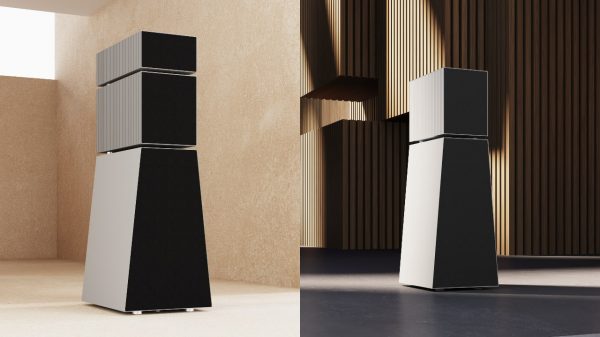






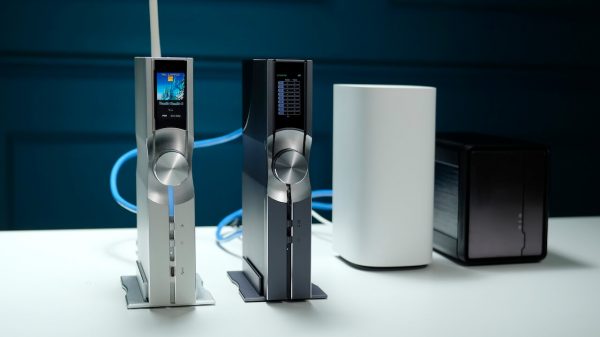





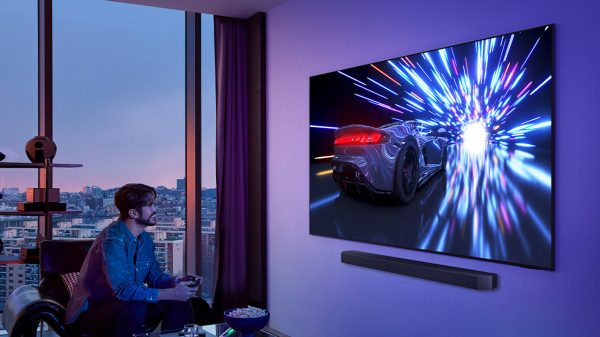

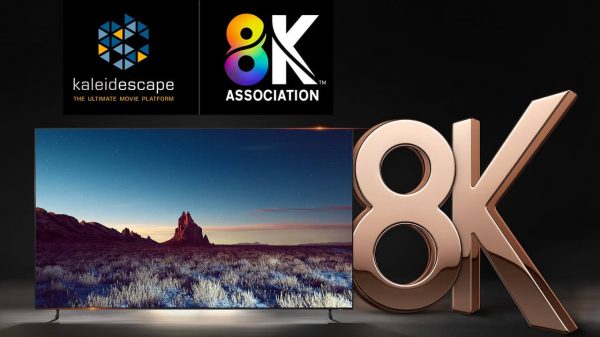

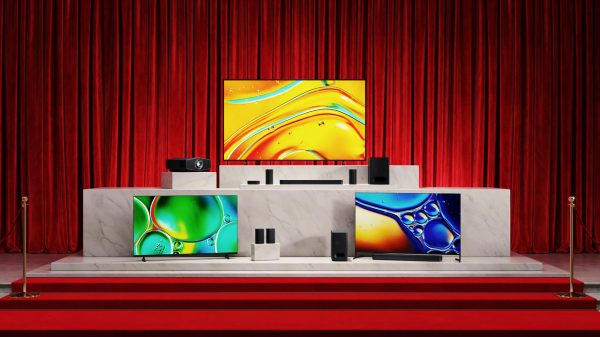





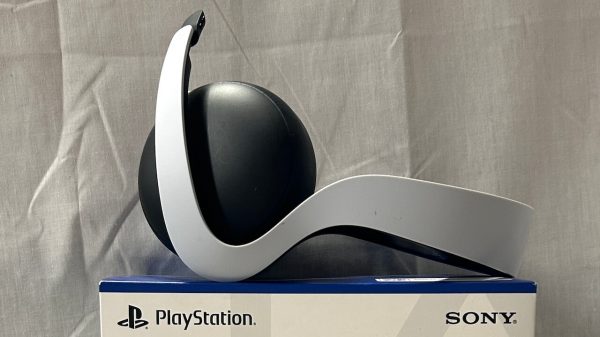














ORT
October 20, 2022 at 8:48 pm
The EU like some fuctions (yes, you read that right…fuctions) in the USA is pretty much Orwell’s “Animal Farm”.
I am not about to be their “Boxer”.
I could easily say more but so many in the real world have less in the form of testicular fortitude that I will but say this. It’s just a television.
But then that is the way of the thief that comes not in the night but instead in your face. I am not buying an 8K TV yet because so far I seen neither content nor need. A 65 inch 4K TV might cost you $50 a year to run for several hours a day.
Just wait until the S.N.A.G.s have their EV use cut back to NEVER. And all in the name of “sharing the fairness”.
‘n’ SHEIT.
For the whiners, this ain’t about “politics”, it is about our rights. Too many “lefts” want to take those rights from us.
I think I am going to watch the first John Wick flick. Because it’s filled with righteous violence against bad guys and of course, Wick’s wicked ’69 Mustang BOSS 429.
ORT